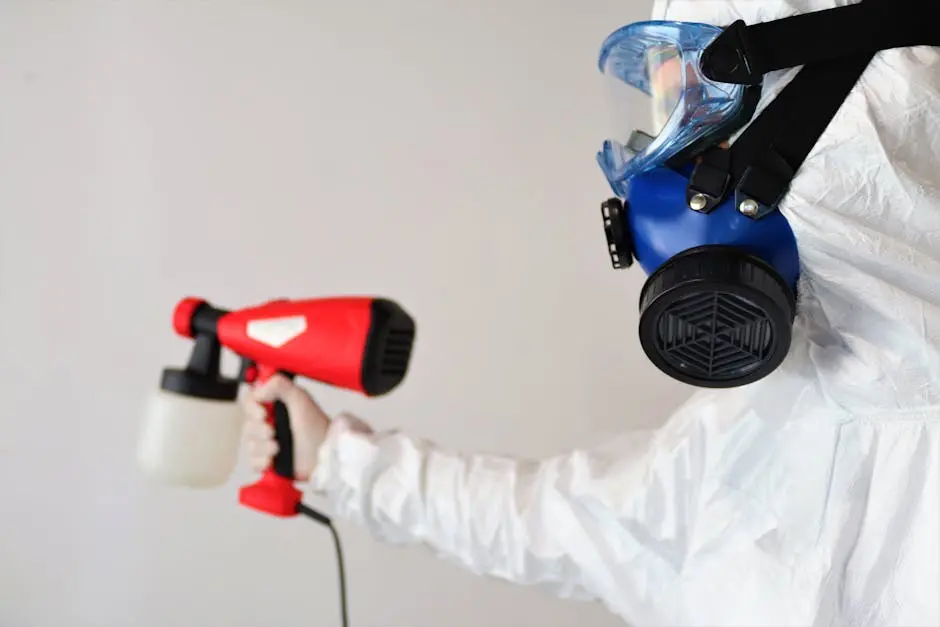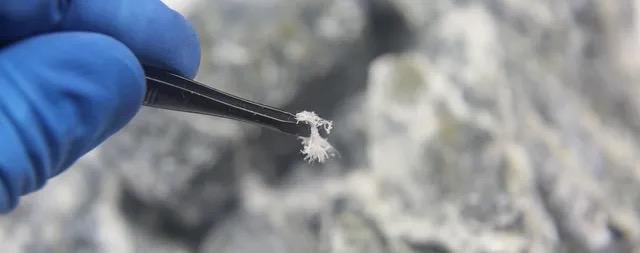Understanding and following industry standards for asbestos removal is crucial for ensuring safety and compliance. In this blog, we will explore essential guidelines that everyone involved in asbestos removal should be aware of. Whether you’re a professional or a homeowner tackling this hazardous material, knowing these standards can make all the difference.
1. Understanding Asbestos Hazards
Before diving into removal, it’s important to fully understand the hazards posed by asbestos. Asbestos is a naturally occurring mineral that was widely used due to its heat resistance and fiber strength, but it poses serious health risks when its fibers become airborne and are inhaled. Prolonged exposure can lead to severe illnesses like asbestosis and lung cancer, necessitating stringent safety measures in its removal. When left intact and undisturbed, asbestos-containing materials can be safe, but activities like renovations can disturb these materials, releasing fibers into the air. Therefore, understanding the hazard is synonymous with recognizing the scenarios that may elevate the risk of exposure.
It’s also crucial to comprehend the regulatory framework surrounding asbestos. Agencies such as the Occupational Safety and Health Administration (OSHA) and the Environmental Protection Agency (EPA) provide guidelines that dictate how asbestos should be handled and disposed of. These regulations were established to protect workers and the general public from the health hazards of asbestos exposure. The protection of workers relies heavily on adherence to these standards. They outline safety protocols for handling, transporting, and disposing of asbestos-containing materials, making knowledge of these essential for anyone involved in its removal.
2. Proper Training and Certification
The importance of proper training and certification in asbestos removal cannot be overstated. Individuals who engage in asbestos abatement are required to be well-trained and certified by accredited organizations. This is to ensure they are knowledgeable about safe removal practices, the use of protective equipment, and emergency response procedures should an accidental disturbance occur. Certification programs focus on understanding the properties of asbestos, potential health risks, regulations, and protocols to ensure safety during abatement processes.
Moreover, these training programs often include hands-on experience with containment procedures, air monitoring techniques, and encapsulation methods. This practical approach equips workers with the necessary skills to handle real-world scenarios effectively, minimizing potential exposure. Asbestos abatement is a specialized field requiring a deep understanding of both the material and the methods to safely manage it. Continual education and recertifications ensure that professionals remain updated on the latest safety practices and technological advancements in the industry.
3. Utilizing Appropriate Protective Equipment
When it comes to asbestos removal, utilizing appropriate protective equipment is absolutely crucial to safeguarding health. Industry standards mandate the use of personal protective equipment (PPE) which can include items like respirators, gloves, and disposable coveralls. Particularly, respirators are vital as they prevent inhalation of fibers that can cause respiratory issues. The selection of PPE must be suited to the specific levels of exposure anticipated in the work environment.
Each piece of equipment plays a key role in ensuring safety, and without them, the risks increase significantly. Disposable clothing is typically worn to avoid contamination of personal clothing, which might otherwise spread asbestos fibers beyond the containment area. It’s also important that workers are trained in properly donning and doffing these items to prevent accidental exposure when handling asbestos. Beyond just equipment, awareness of one’s surroundings and adherence to safety protocols ensure maximal protection for everyone involved.
4. Establishing a Controlled Work Area
Creating a controlled work area is at the heart of safe asbestos removal. This involves setting up physical barriers to isolate the asbestos abatement site from the surrounding environment, preventing the inadvertent spread of fibers. One of the key methods includes sealing off ducts and windows with plastic sheeting and utilizing negative air pressure machines to ensure that air only flows inwards, thereby containing any released fibers within the work area. These measures are crucial components of asbestos abatement.
Besides physical barriers, warning signs are typically placed around the site to alert others to the potential dangers and deter unauthorized access. The containment setup requires planning and precision, with regular checks to ensure systems are functioning correctly throughout the abatement process. Controlled methods prevent cross-contamination with clean areas and, when combined with comprehensive cleanup after abatement, ensure that areas are safe for reuse. It’s this meticulous approach that underscores the industry’s commitment to removing asbestos without compromising public safety.
5. Air Monitoring and Regulation Compliance
Air monitoring is an integral part of the safe removal of asbestos, as it provides valuable data on the concentration of fibers during the abatement process. This practice not only ensures worker safety but also helps to maintain regulatory compliance. The regulations set by organizations such as OSHA outline permissible exposure limits and the frequency of testing required. By following these guidelines, contractors can assess whether containment measures are successful and make informed decisions about their procedures when higher-than-expected fiber counts are detected.
Regular air monitoring allows for immediate action should fiber levels exceed safe limits. This could involve enhancing PPE, adjusting containment measures, or temporarily halting work to re-evaluate procedures. Continuous monitoring and documentation also provide a level of accountability, demonstrating that all steps are being taken to safeguard both workers and the public from exposure. Air quality post-abatement is typically tested by independent analysts to ensure the environment has been successfully decontaminated before the space is deemed safe for reoccupation.
6. Safe Disposal Practices
Safe disposal of asbestos is the final critical step in the abatement process, ensuring that removed materials do not become a future hazard. The industry standards dictate that asbestos waste should be double-bagged in leak-tight containers, appropriately labeled, and transported by certified vehicles to designated disposal facilities. These facilities must comply with federal and state regulations to appropriately handle and dispose of hazardous materials. Proper disposal practices prevent environmental contamination and protect communities from inadvertent exposure.
Non-compliance with disposal regulations can lead to significant environmental and health consequences, not to mention hefty fines. Therefore, it’s vital that anyone handling asbestos waste thoroughly understands and adheres to these guidelines. Once the materials have successfully been transported and disposed of, documentation of this process should be retained as proof of compliance and for future reference. It is through these practices that the industry ensures the effects of asbestos are effectively managed, from removal to disposal.
7. Regular Site Inspections
Conducting regular site inspections is fundamental to maintaining safety and compliance throughout the asbestos abatement process. Inspections can identify potential risks early, ensuring that the proper standards are continuously met. Regular site checks provide an opportunity to evaluate the effectiveness of control measures, the condition of containment systems, and to ensure that all team members are following safety procedures consistently. These checks help in promptly addressing any developing issues or deficiencies in safety protocols.
Frequent inspections also play a role in maintaining compliance with local and national regulations, ensuring that all facets of asbestos removal and disposal are documented and up-to-date. Furthermore, involving third-party inspections adds an extra layer of accountability, providing an unbiased assessment of the site’s adherence to safety standards. By actively engaging in regular inspections, a company showcases its commitment to health, safety, and industry standards, ultimately protecting both workers and the community from asbestos exposure.




